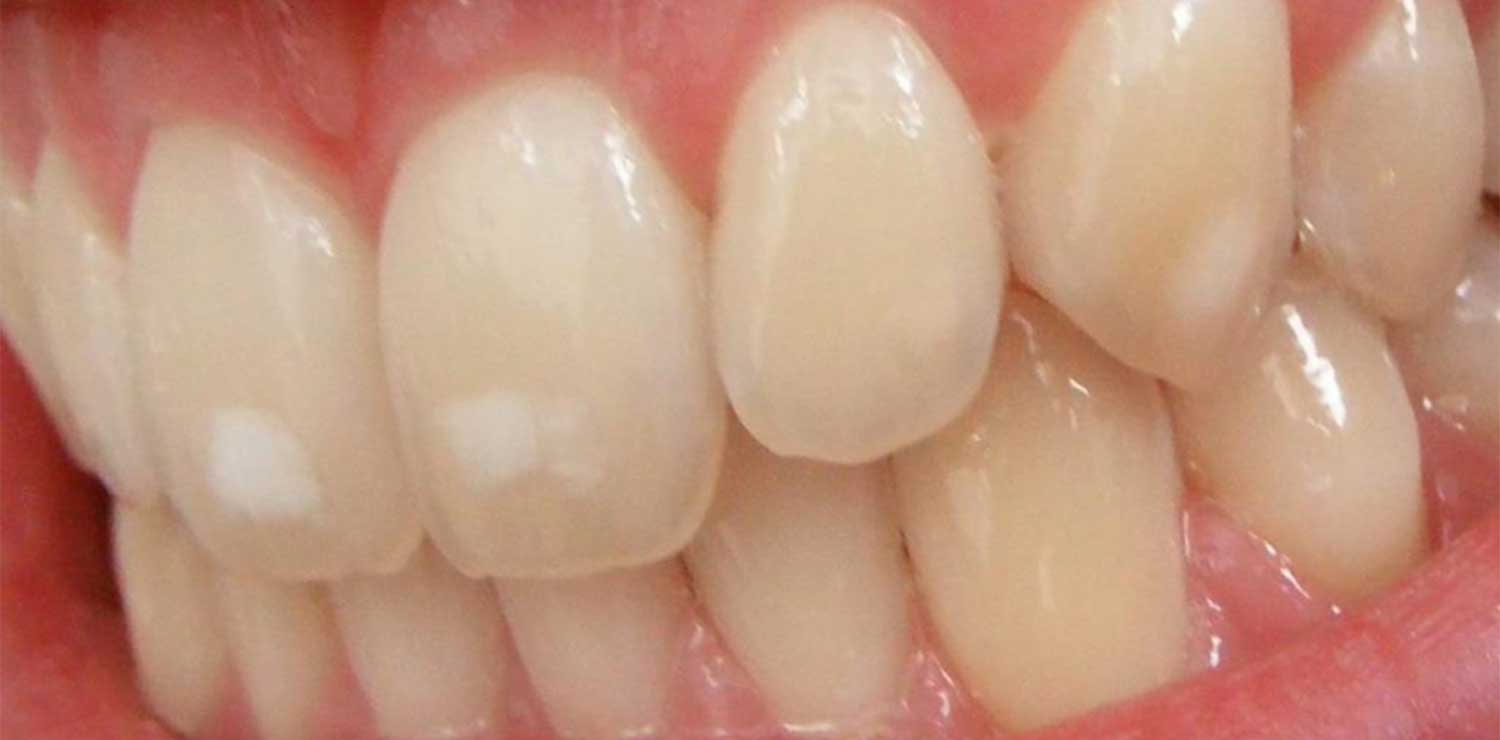Sometimes teeth have discolorations that are not darker, but actually whiter than the rest of the tooth. Small white spots called fluorosis often develop on children’s baby and adult teeth. Fluoride is found in most city water as well as in many dental products. It is incorporated into teeth and makes them stronger and more resistant to decay. It is an important part of a child’s dental health.
Sometimes when teeth are developing and fluoride is being incorporated into teeth, it makes areas on the enamel a brighter shade of white. Having these white spots does not mean the tooth is not healthy, but actually that it has been reinforced with fluoride. Occasionally, white spots on the teeth mean that the outer layer of the tooth is weakened or decalcified as a result of attacks by bacteria or acid. Your dentist will be able to determine the difference between these two at regular visits and advise you accordingly.
Image credit: Matthew Ferguson 57, 2015



